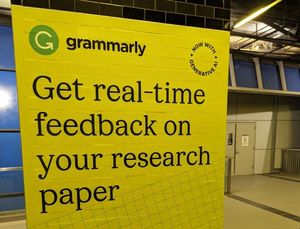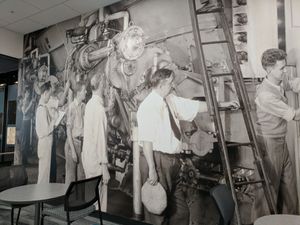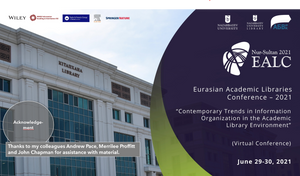djatoka, “A Reuse Friendly, Open Source JPEG 2000 Image Server” developed at Los Alamos National Laboratory, Research Library, was released recently. An article in D-Lib Magazine by Ryan Chute and Herbert Van de Sompel introduces it.
A particular feature of the approach is its use of the OpenURL as enabling infrastructure:
When it comes to the reuse suggested by Andy Powell, off-the-shelf tools typically don’t go beyond offering the ability to embed an entire image in a remote page, either as a stand-alone image or as an embedded object (e.g., an applet). However, a trend is emerging to support URI-addressability of a specified Region. For example, both Luna Imaging’s Media Manager and the Harvard University Library Image Delivery Service support identification and Region Extraction by means of home grown HTTP URI syntaxes (see [15] for Harvard’s syntax). As we show below, djatoka continues this trend and offers URIs for a wide variety of image disseminations. Considering the widespread use of high-resolution images, the availability of a standardized syntax to request Regions or other services pertaining to JPEG 2000 images from an image server would be rather helpful. Since the URIs used for Region Extraction or to get metadata clearly serve the purpose of (dynamically) requesting services pertaining to an identified resource (the entire JPEG 2000 image), we felt that NISO Z39-88.2004 “The OpenURL Framework for Context-Sensitive Services” [7] provides a standardized foundation that could be leveraged in this realm. Below, we give details about the basic JPEG 2000 OpenURL Application that we defined for this purpose. [Introducing djatoka: A Reuse Friendly, Open Source JPEG 2000 Image Server]
In this context we were pleased that the LANL team found the work of our colleague Jeff Young useful, both his OOMRef-J software and his wider thinking about the evolution and wider applicability of OpenURL.
For quite some time, OCLC’s Jeff Young has been speaking about the OpenURL Framework in terms of Q6 [21], the six core questions: What, Why, Who, Where, How, and When. The first five questions map directly to core concepts of the OpenURL Standard (Referent, ServiceType, Requester, ReferringEntity, Transport), and the last one is surprisingly missing from it. We believe Q6 is a very promising approach that, if executed properly, could give OpenURL a real chance of adoption beyond the initial target community. We would very much welcome community collaboration around these ideas. [Introducing djatoka: A Reuse Friendly, Open Source JPEG 2000 Image Server]
OOMRef-J (OpenURL Object Model–Java Reference Implementation) is available here.
Update: See Jeff’s note on OOMRef-J.



